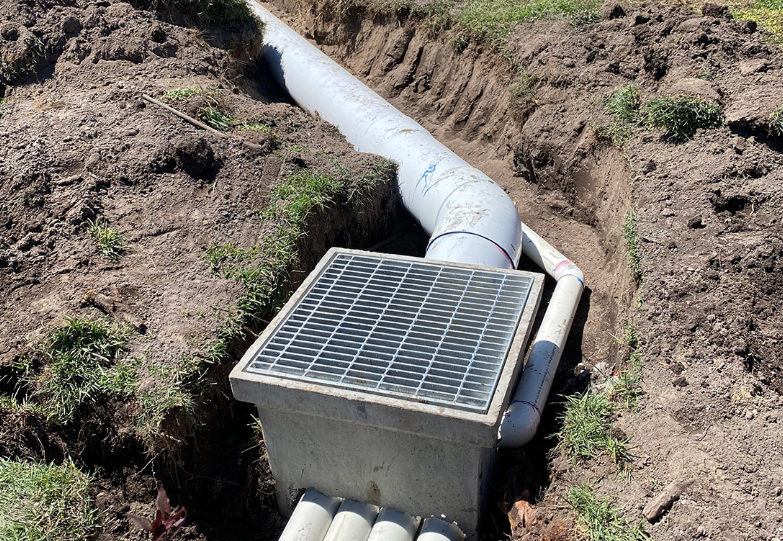Exploring Stormwater Drainage Solutions: Best Practices and Innovations
Stormwater drainage is a critical aspect of urban planning and development. As climate change leads to more frequent and intense rainfall, it’s becoming increasingly important to explore innovative solutions for managing stormwater. Here, we’ll delve into the best practices and innovations in stormwater drainage solutions to address this pressing challenge.
Best Practices in Stormwater Management
Green Infrastructure
This approach utilizes natural elements like vegetation, permeable surfaces, and constructed wetlands to absorb and filter stormwater. By incorporating green infrastructure into urban landscapes, cities can reduce the strain on traditional drainage systems and mitigate the risk of flooding.
Low Impact Development
Low Impact Development techniques focus on mimicking the natural water cycle to manage stormwater at its source. Examples include rain gardens, permeable pavements, and green roofs. It not only helps to manage stormwater effectively but also provides additional environmental benefits such as improving air and water quality, enhancing biodiversity, and water leak detection in Gold Coast.
Proper Maintenance and Silt Control
Regular maintenance of stormwater infrastructure is crucial to ensure its effectiveness. The prompt removal of sediment, debris, and pollutants from drainage systems is essential for preventing clogging and maintaining optimal functionality. Implementing erosion and sediment control measures at construction sites is also vital to prevent sediment from entering Professional plumber.
Innovations in Stormwater Drainage
Permeable Pavements
Permeable pavements allow rainwater to seep through the surface and be stored or naturally filtered in the underlying layers. This innovation reduces stormwater runoff, minimizes the risk of flooding, and helps to recharge groundwater resources. These pavements are particularly well-suited for parking lots, sidewalks, and driveways.
Smart Stormwater Management Systems
Advancements in technology have led to the development of smart stormwater control systems that utilize sensors and data analytics to monitor and control the flow of stormwater. These systems can dynamically adjust water flow and provide real-time insights to optimize drainage operations, leading to more efficient and sustainable stormwater management.
Modular Storage Systems
Modular storage systems, such as underground tanks and vaults, offer a versatile and space-efficient solution for stormwater storage. These systems can be integrated into urban developments to capture and temporarily store excess stormwater, preventing overload on drainage networks during heavy rainfall events.
In conclusion, effective stormwater drainage solutions are essential for building resilient and sustainable cities. By implementing the best solutions such as green infrastructure, and embracing innovations, urban areas can mitigate the impacts of stormwater and enhance overall environmental quality. As climate challenges persist, it is imperative to continue exploring and implementing these solutions to ensure the long-term viability of its management in urban environments.





